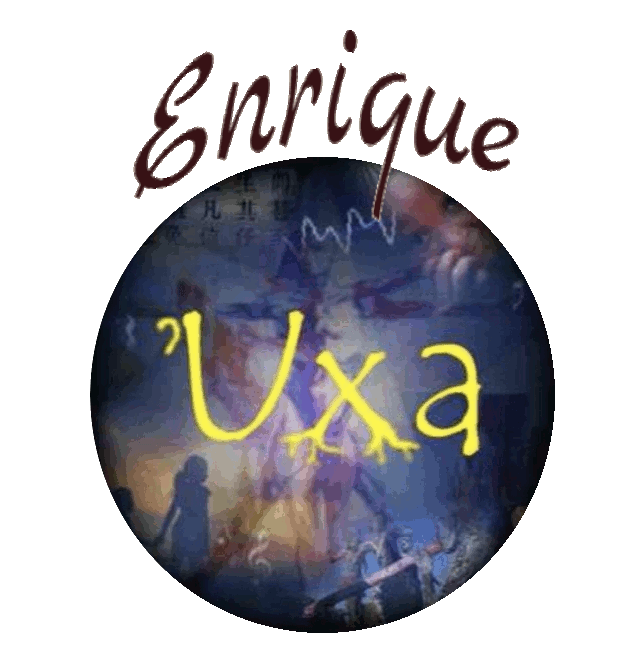In this blog, I delve into the profound encounter experienced during a workshop hosted at the ADIVAC association (Association for the Comprehensive Development of Raped Persons A.C.).
The inquiry into music’s potential for healing has lingered in my thoughts for years. Themes of the music of the spheres, the symbiosis of music, vibration, body, and health have accompanied my recent readings and reflections. Moreover, my recent exploration into the 20th-century art revolution kindled a curiosity about art’s “clinical” potential. This term, rather than invoking the notion of music therapy, encapsulates the capacity of art to forge “flight lines,” as proposed by philosopher Gilles Deleuze, whose terminology I adopted. Could sound art, then, serve as a conduit for forging new territories, for envisioning new futures? Instead of merely expressing the anguish of survivors of sexual violence, could it activate the machinery of creation? These were the questions that drove me to engage with ADIVAC’s sessions.
A cohort of five adult women graciously opened their hearts to this unfamiliar terrain, albeit after several preliminary sessions where we shared music, engaged in light yoga, and absorbed contemporary music essentials (essential for comprehending contemporary music and sound art). We explored musical scores, practiced breathing exercises and basic asanas, and immersed ourselves in both “traditional” and contemporary music realms, from the classical compositions of Mozart and Bach to the avant-garde works of Stockhausen and his peers. I anticipated grappling with the preconception that contemporary art was solely for the elite. While I cannot claim that these women now routinely listen to Ligeti, Varese, or their contemporaries, I can affirm that at least one participant shared her newfound awareness of the surrounding sonic landscape: “Now, when I fetch my daughter from school, I notice how the sounds of trucks, horns, and the wind intersect,” she recounted. Witnessing someone previously unaware of the sonic complexities of Mozart or Bach appreciate their richness, their silences, their expansive possibilities filled me with profound satisfaction. Cage’s ethos resonated within me.
Others shared intriguing experiences of attuning to their bodies, of discerning how various sounds elicited distinct vibrations in different corporeal regions. They reveled in the freedom to “sing,” shout, or murmur without fear of judgment. One participant, usually reserved, unearthed a melody that evoked childhood memories steeped in pain. Despite her reticence to divulge her story, her melody emerged amidst the collective outpouring, proclaiming the ineffable passage of time through undulating vociferations. While navigating their anguish occasionally stirred deep-seated fears within me, their narratives served as a poignant reminder of human fragility, the intricacies of human sexuality that permeate our existence. Their tears echoed my own longing for human connection. Amidst the tears, however, laughter and joy bubbled forth. Occasionally, I glimpsed “flight lines” beckoning us towards uncharted territories, truncated by the workshop’s brevity.
We reveled in crafting music and expressing individual humor. Sonically, we achieved remarkable results, albeit marred by a technological hiccup or perhaps a computer’s reluctance to document our testimonies. Nevertheless, the essence lay in the process itself. Our collective dance, our shared moments, remain indelible. This, indeed, is the profound lesson: the act of giving without expectation. Embracing experimentation, relinquishing expectations—the fruits of our actions unfold organically. Paradoxically, rewards materialize effortlessly: expressions of gratitude upon parting, a participant’s gift of a handmade diary crafted from recycled paper, accompanied by a delicate paper insect.

3 thoughts on “Music, spontaneity and healing”